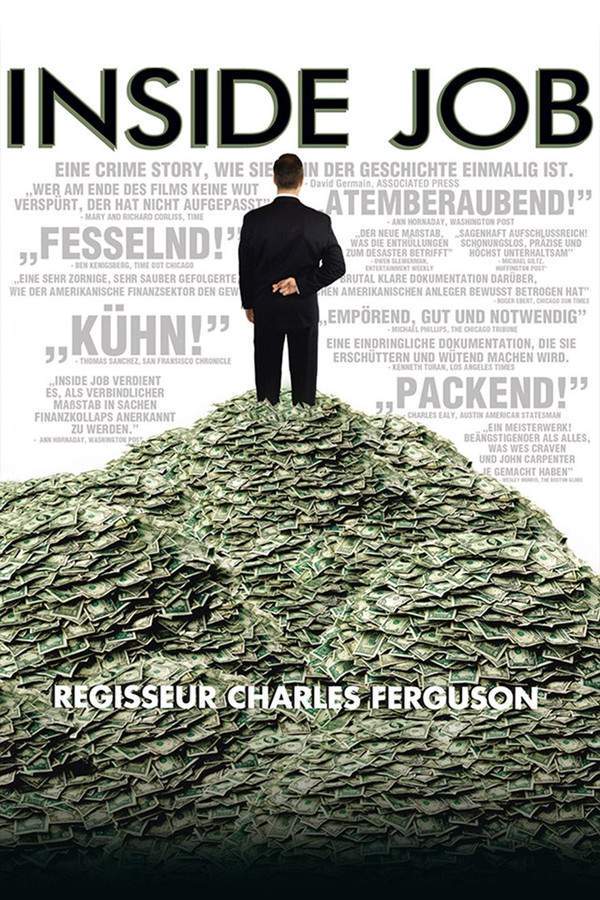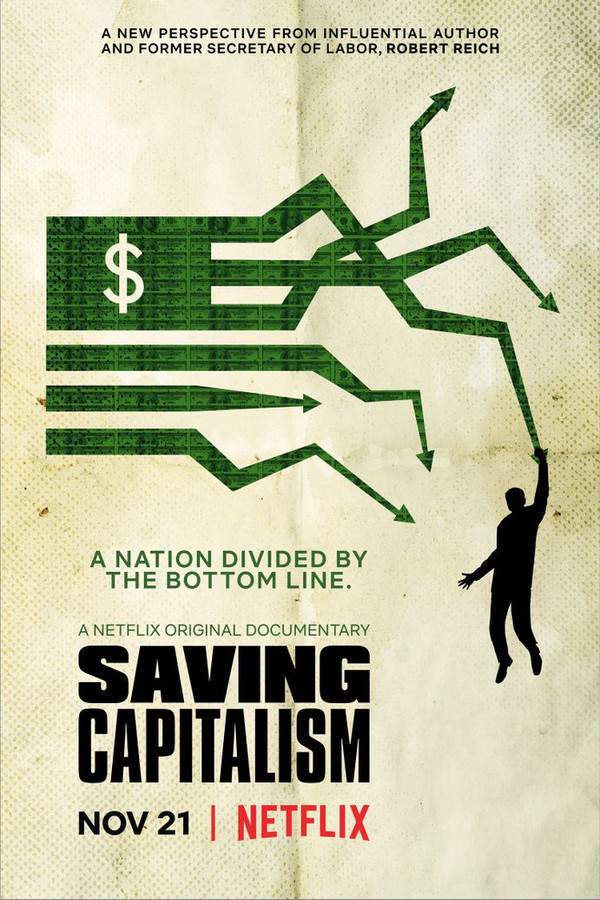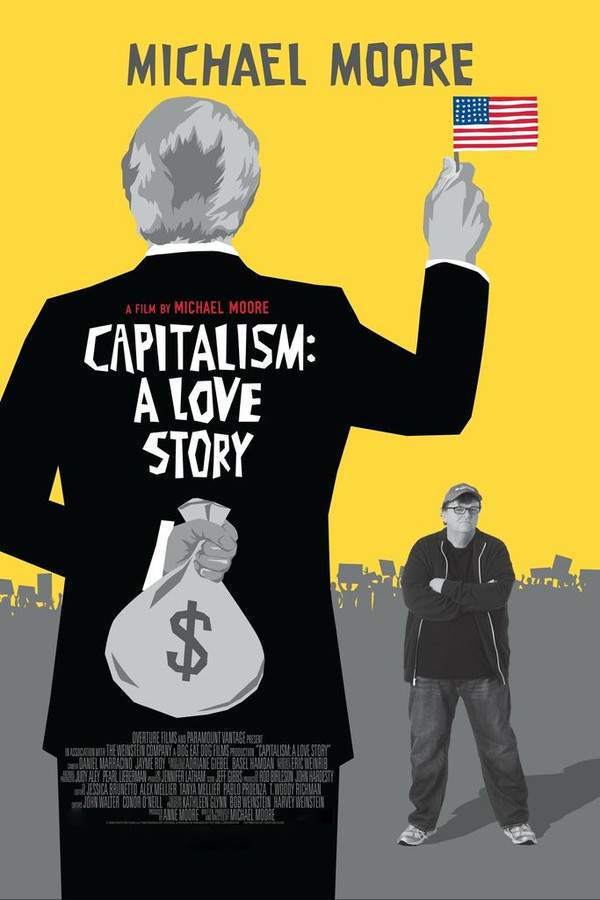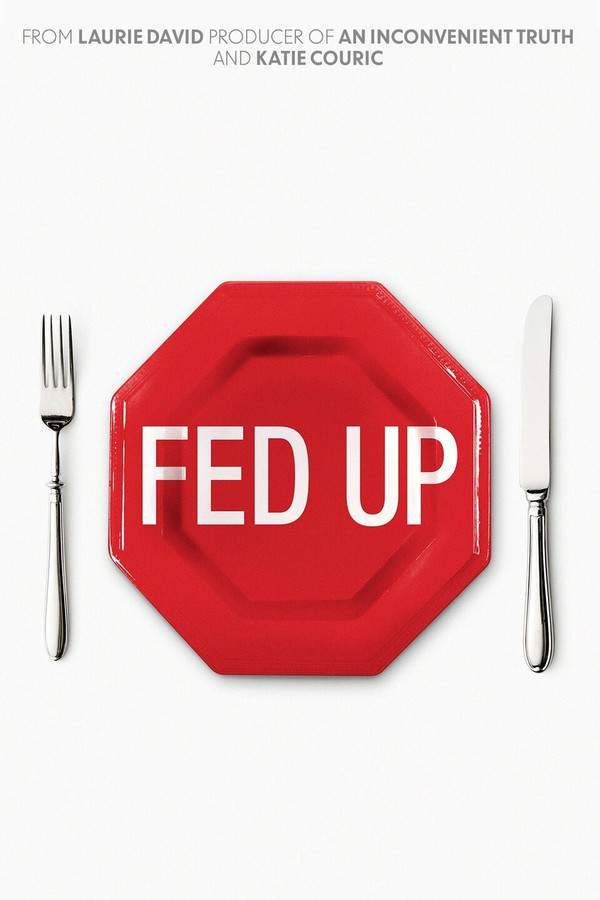I.O.U.S.A. 2008

This documentary examines the escalating national debt of the United States and its potential consequences. It explores how the debt has grown, highlighting the risks it poses to the country's financial stability and the future prosperity of its citizens. The film investigates the underlying factors contributing to this economic challenge and the potential impact on the nation's security and global standing.
Does I.O.U.S.A. have end credit scenes?
No!
I.O.U.S.A. does not have end credit scenes. You can leave when the credits roll.
Meet the Full Cast and Actors of I.O.U.S.A.
Explore the complete cast of I.O.U.S.A., including both lead and supporting actors. Learn who plays each character, discover their past roles and achievements, and find out what makes this ensemble cast stand out in the world of film and television.
No actors found
External Links and Streaming Options
Discover where to watch I.O.U.S.A. online, including streaming platforms, rental options, and official sources. Compare reviews, ratings, and in-depth movie information across sites like Metacritic, Rotten Tomatoes, IMDb or TMDb.
Ratings and Reviews for I.O.U.S.A.
See how I.O.U.S.A. is rated across major platforms like IMDb, Metacritic, and TMDb. Compare audience scores and critic reviews to understand where I.O.U.S.A. stands among top-rated movies in its genre.

70
Metascore
6.2
User Score


88%
TOMATOMETER

86%
User Score

7.4 /10
IMDb Rating

69
%
User Score
Take the Ultimate I.O.U.S.A. Movie Quiz
Challenge your knowledge of I.O.U.S.A. with this fun and interactive movie quiz. Test yourself on key plot points, iconic characters, hidden details, and memorable moments to see how well you really know the film.
I.O.U.S.A. Quiz: Test your knowledge about the critical economic issues faced by the United States as revealed in the documentary I.O.U.S.A.
What year was the film I.O.U.S.A. released?
Full Plot Summary and Ending Explained for I.O.U.S.A.
Read the complete plot summary of I.O.U.S.A., including all major events, twists, and the full ending explained in detail. Explore key characters, themes, hidden meanings, and everything you need to understand the story from beginning to end.
The documentary delves into the complexities of the U.S. economy, as narrated by Bixby and Walker, who outline four critical deficits: the budget, savings, balance of payments, and leadership. As of its release in early 2008, they highlight the staggering national debt of over $9.6 trillion, which translates to approximately $30,000 per American citizen.
Throughout history, U.S. presidents, starting with Ronald Reagan, have raised alarms regarding the impending debt crisis, yet little has been done to remedy the issue. Archival footage enriches the documentary, featuring icons like Humphrey Bogart, Stephen Colbert, and Brian Williams alongside ten former presidents, such as Franklin Delano Roosevelt and George W. Bush. By February 2007, U.S. federal debt had escalated to $8.7 trillion, equating to 64% of the GDP, and reflecting a troubling trend that saw the debt more than doubling during Bush’s presidency.
This persistent issue is exacerbated by the impending social security payments to the aging baby boom generation. The film also discusses America’s deep-rooted spending habits, particularly during significant conflicts like World War II and the Iraq War.
David Walker, the controller general of the USA in 2007, has been tirelessly campaigning across the nation to shed light on the ramifications of fiscal irresponsibility. A lack of savings from both individuals and the government leads to insufficient investment capital, placing the U.S. in an increasingly vulnerable position. The trade deficit prominently features, with America relying heavily on foreign nations like China, which holds a significant portion of U.S. treasury bonds.
Key issues illustrated include a shocking $53 trillion in unfunded liabilities arising from essential benefit programs such as Medicare and Social Security, which could necessitate drastic tax hikes or severe cuts to government spending. Historical debts paint a stark picture: from a mere $75 million at the nation’s founding to soaring figures post-World War periods.
The film further elaborates on the emerging savings deficit stemming from American consumers living beyond their means. As the national savings rate plummets from 12.4% in the 1960s to a negative -2.9% in the 2000s, it underscores a culture of debt, creating significant inflationary pressures and prompting the Federal Reserve to take various actions for stability.
Additionally, the balance of payments issue surfaces, highlighting the massive trade deficit as the U.S. outsources more than it produces, draining financial resources while welcoming foreign ownership of its assets. The film explains how China’s overwhelming trade surplus places it in a powerful position, with its ownership of over $477 billion in U.S. debt.
Ultimately, the film pinpoints the leadership deficit, emphasizing the absence of decisive leaders willing to advocate for necessary reforms, increased savings, and reduced reliance on imports. Each U.S. household now bears an average debt of $90,000, as issues compounded during George W. Bush’s administration reveal troubling trends—a doubling of foreign debt and huge tax cuts paired with extensive military spending. As the consequences loom, the documentary raises an urgent call for awareness and action before the nation’s debt spirals into unmanageable territory, predicting that by 2040, debt-to-GDP ratios could soar to 244%.
Movie Themes and Keywords
Discover the central themes, ideas, and keywords that define the movie’s story, tone, and message. Analyze the film’s deeper meanings, genre influences, and recurring concepts.
Similar Movies You Should Know About
Browse a curated list of movies similar in genre, tone, characters, or story structure. Discover new titles like the one you're watching, perfect for fans of related plots, vibes, or cinematic styles.
Quick Links: Summary, Cast, Ratings, More

What's After the Movie?
Not sure whether to stay after the credits? Find out!
Explore Our Movie Platform
New Movie Releases (2025)
Famous Movie Actors
Top Film Production Studios
Movie Plot Summaries & Endings
Major Movie Awards & Winners
Best Concert Films & Music Documentaries
© 2025 What's After the Movie. All rights reserved.



























